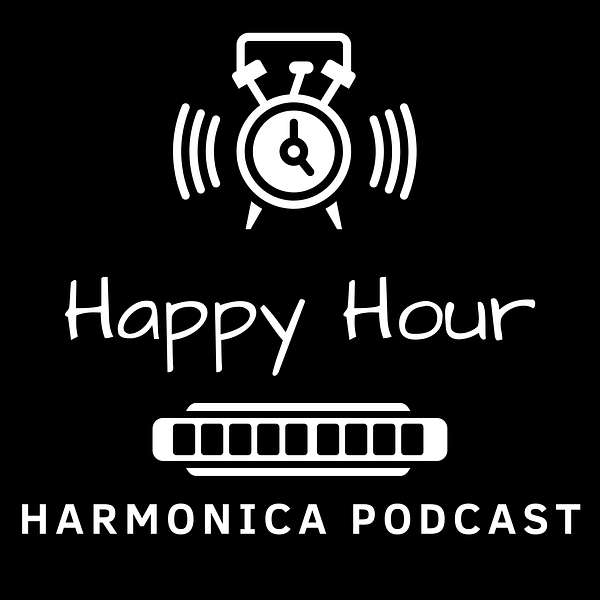
Happy Hour Harmonica Podcast
The podcast is sponsored by Seydel harmonicas. Check out their great range of products at www.seydel1847.com.
If you would like to make a voluntary contribution to help keep the podcast running then please use this link: https://paypal.me/harmonicahappyhour.
Visit the main podcast webpage at: https://www.harmonicahappyhour.com/
Contact: happyhourharmonicapodcast@gmail.com
Happy Hour Harmonica Podcast
Paul Butterfield retrospective, part 2, with Tom Ellis
Tom Ellis joins me (again) on episode 90.
This is part two of the Paul Butterfield retrospective where Tom takes us even deeper into Paul’s career and talks us through more of his incredible output.
About how Butter, while paying his due respect to the greats before him, took the blues in a new direction, with his experimentation and innovation.
Butter’s music and bands evolved as he developed, with the best musicians joining him to provide a bedrock to some of the greatest harmonica ever recorded.
Tom Ellis puts forward a compelling case for Paul Butterfield as the most influential harmonica player ever, with his cultural and societal impact overshadowing even the classic players of the 1950s.
Paul Butterfield retrospective, part 1:
https://www.harmonicahappyhour.com/paul-butterfield-retrospective-with-tom-ellis/
Was Butter a u-blocker?
https://www.youtube.com/watch?v=-73mhQn4Pkc
Podcast website:
https://www.harmonicahappyhour.com
Donations:
If you want to make a voluntary donation to help support the running costs of the podcast then please use this link (or visit the podcast website link above):
https://paypal.me/harmonicahappyhour?locale.x=en_GB
Spotify Playlist:
Also check out the Spotify Playlist, which contains most of the songs discussed in the podcast:
https://open.spotify.com/playlist/5QC6RF2VTfs4iPuasJBqwT?si=M-j3IkiISeefhR7ybm9qIQ
Podcast sponsors:
This podcast is sponsored by SEYDEL harmonicas - visit the oldest harmonica factory in the world at www.seydel1847.com or on Facebook or Instagram at SEYDEL HARMONICAS